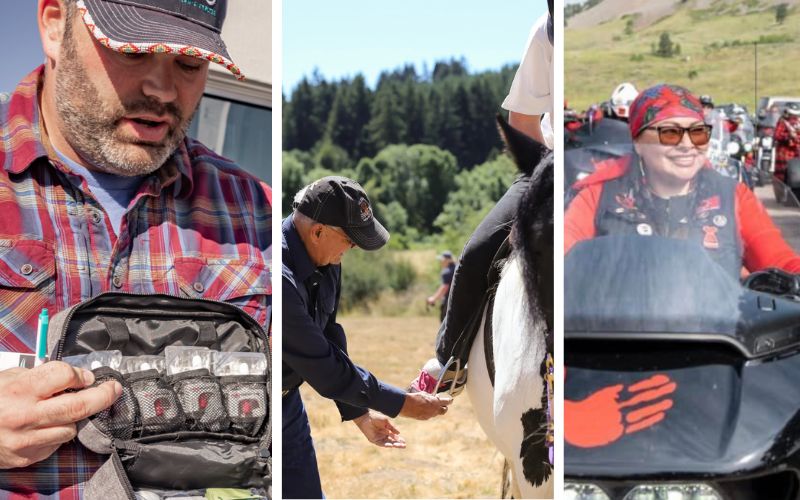
Recent advancements in lidar technology have once again uncovered a treasure trove of archaeological wonders in the dense jungles of Central America. A new survey conducted on the Yucatan Peninsula has revealed the existence of a significant Mayan urban center. This newly discovered city, complete with pyramids and ball courts, underscores the vast, untapped potential of archaeological research in the region. According to archaeologists, this finding serves as a reminder that the dense jungles of Central America still hold countless secrets, far from being fully unraveled.
The study was spearheaded by researchers who sought to answer a fundamental question: Was the Mayan Lowland densely populated, or does it merely appear so due to the prominence of famous sites such as Tikal and Chichen Itza? The lidar (Light Detection and Ranging) technology they used has revolutionized archaeological research. By emitting laser pulses to map the terrain, lidar effectively removes forest cover from aerial surveys, allowing for highly detailed three-dimensional models of the landscape below. This groundbreaking tool has dramatically accelerated the discovery process, revealing hidden structures that would otherwise take decades to uncover through traditional methods.
This survey, led by doctoral student Luke Auld-Thomas and research professor Francisco Estrada-Belli of Tulane University, focused on southeastern Campeche’s unexplored forests. The results were staggering: over 6,500 pre-Hispanic structures were identified across five survey blocks spanning approximately 32,000 acres. These included residential buildings, ceremonial platforms, and evidence of sophisticated landscape modifications. Among the findings was a sprawling urban settlement named Valeriana, complete with pyramids and located near an ancient highway.
The significance of Valeriana lies not only in its scale but also in its implications for understanding Mayan urbanism. “We didn’t just find rural areas and smaller settlements. We also found a large city with pyramids right next to the area’s only highway, near a town where people have been actively farming among the ruins for years,” explained Auld-Thomas. His comments reflect the groundbreaking nature of the discovery, highlighting how such a large settlement had remained hidden in plain sight for centuries.
The researchers emphasize that Valeriana is just one piece of a larger puzzle. Their findings bolster the growing body of evidence supporting the concept of “low-density urbanism” in the Americas. This term refers to sprawling settlements characterized by interconnected communities that shared common infrastructural elements like roads, pyramids, and ball courts. Estrada-Belli noted that this urban model was widespread across tropical forest regions, hosting populations that ranged in the tens of thousands to millions.

One of the study’s most striking revelations is the gap in public and scientific awareness about such sites. “The government never knew about it; the scientific community never knew about it. That really puts an exclamation point behind the statement that, no, we have not found everything, and yes, there’s a lot more to be discovered,” said Auld-Thomas. His words highlight how advanced technologies like lidar are bridging these knowledge gaps, providing a new lens through which to view ancient civilizations.
Valeriana’s discovery also points to a significant methodological shift in archaeology. By selecting random survey plots, the researchers aimed to test the density of Mayan settlements without preconceived notions. The approach yielded a wealth of information, demonstrating the untapped potential of lidar surveys in reshaping our understanding of ancient societies. Although none of the structures identified in Valeriana have yet been subjected to field excavation, lidar’s proven accuracy gives researchers confidence in the scale of their findings.
This discovery not only expands our knowledge of the Mayan civilization but also reaffirms the power of modern technology in rewriting history. As researchers continue to peel back the layers of Central America’s dense jungles, it is clear that countless mysteries remain buried beneath the foliage, waiting to reshape our understanding of the past.
What are your thoughts? Please comment below and share this news!
True Activist / Report a typo





